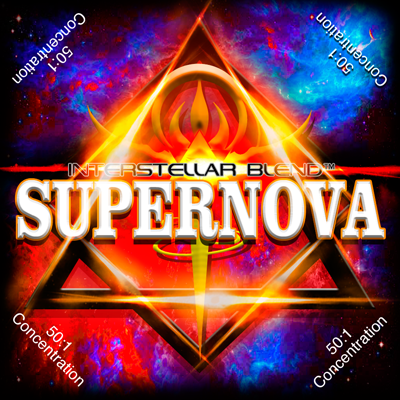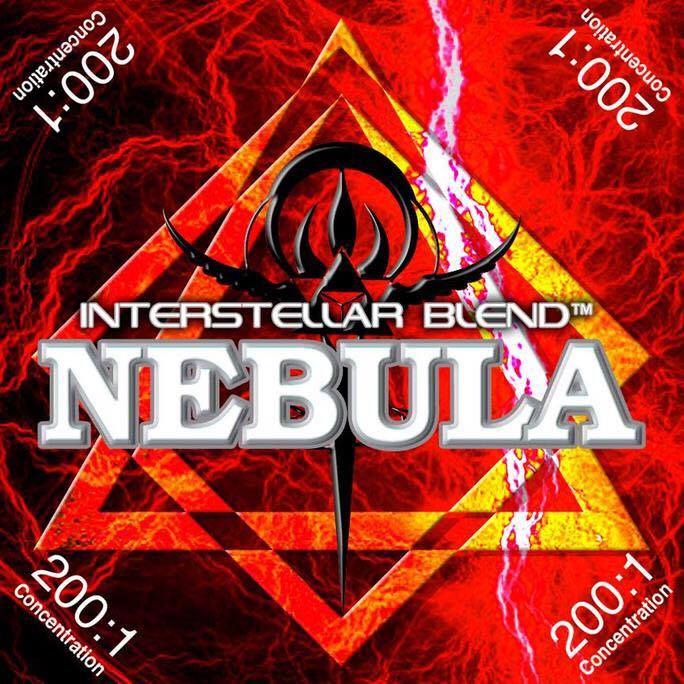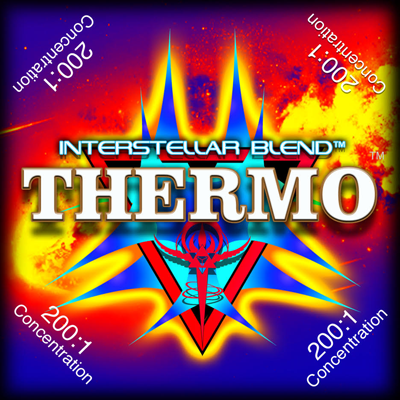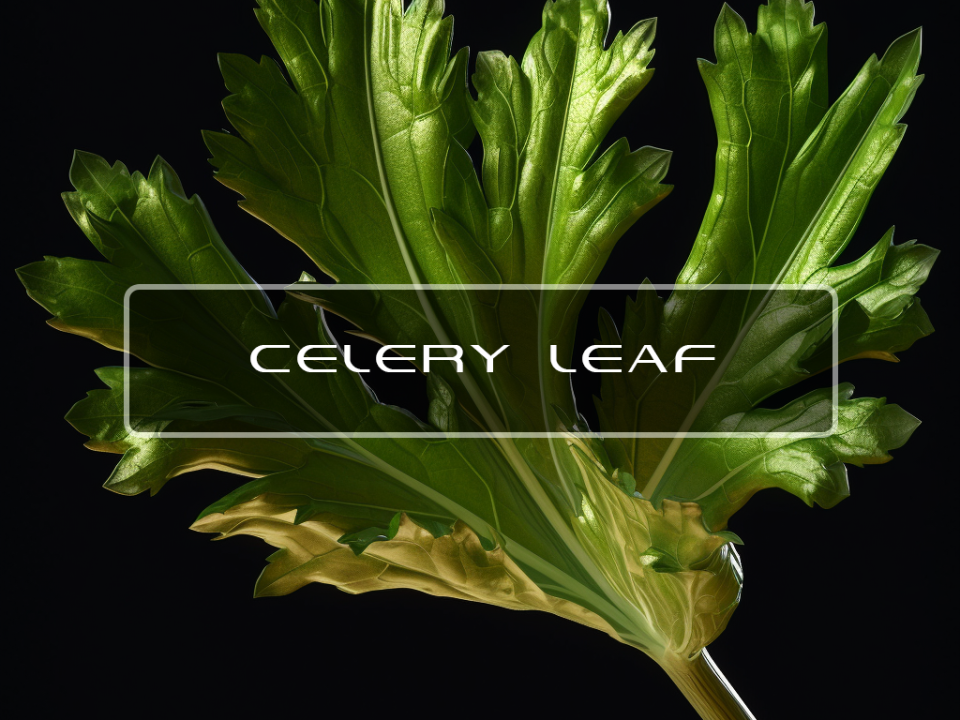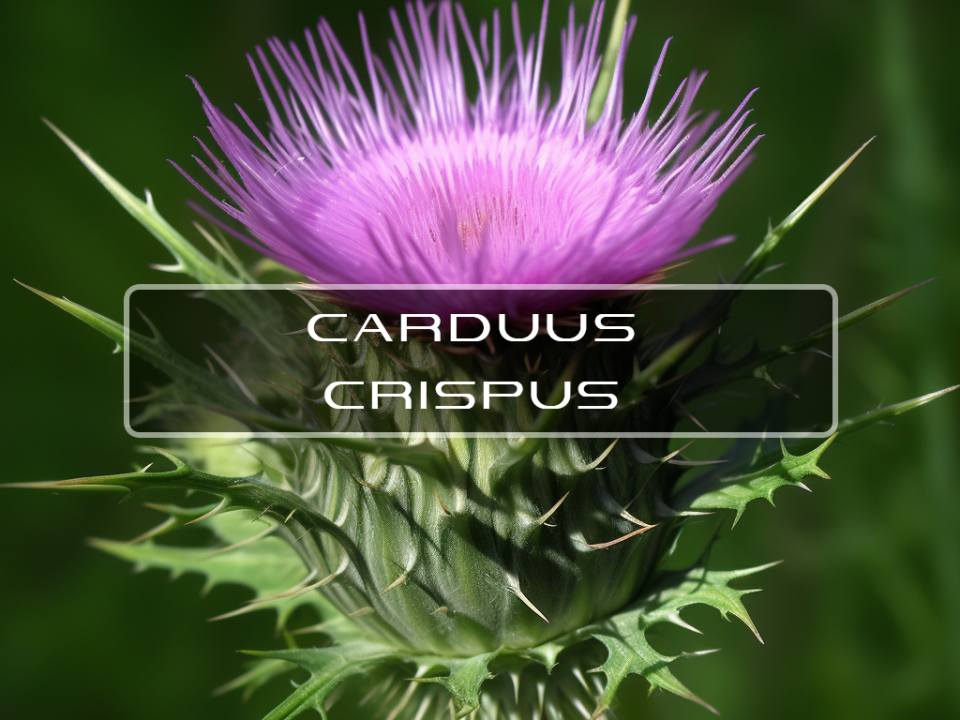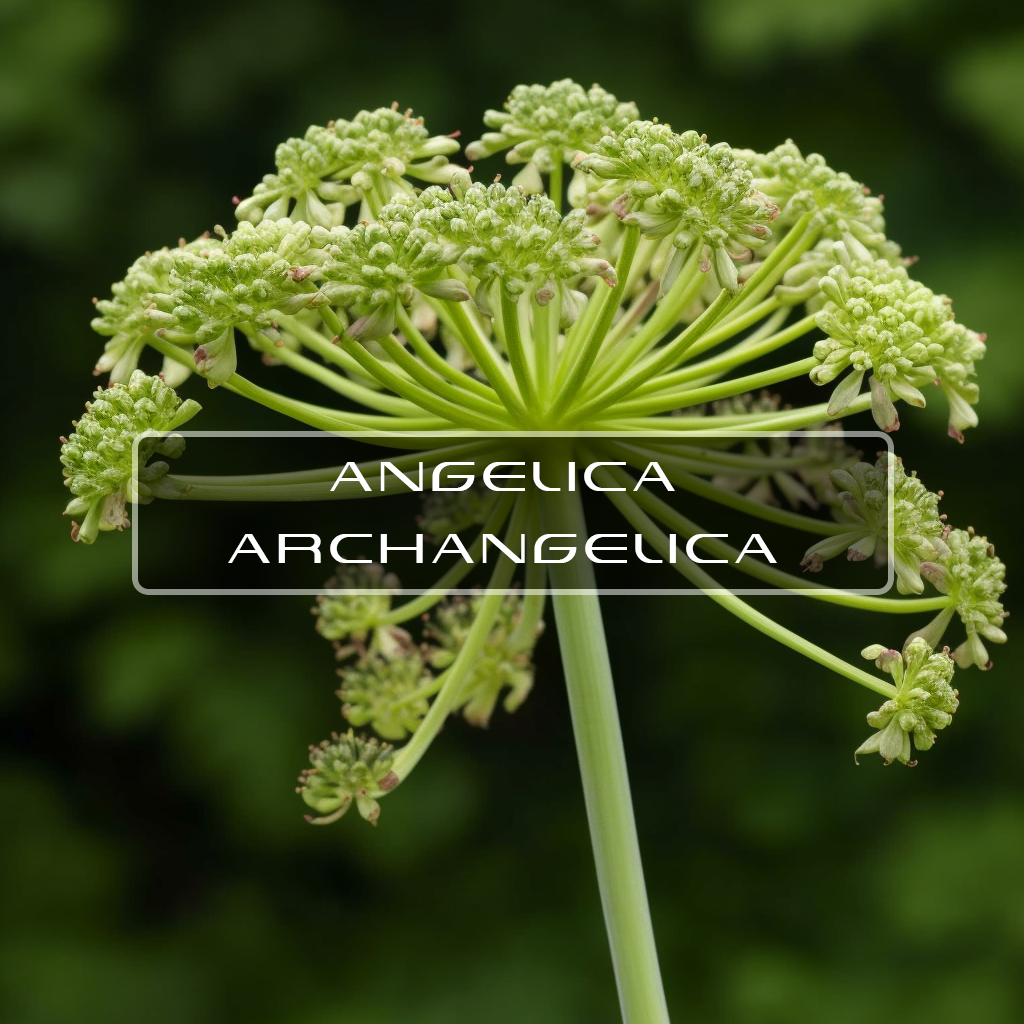
Angelica Archangelica
August 17, 2018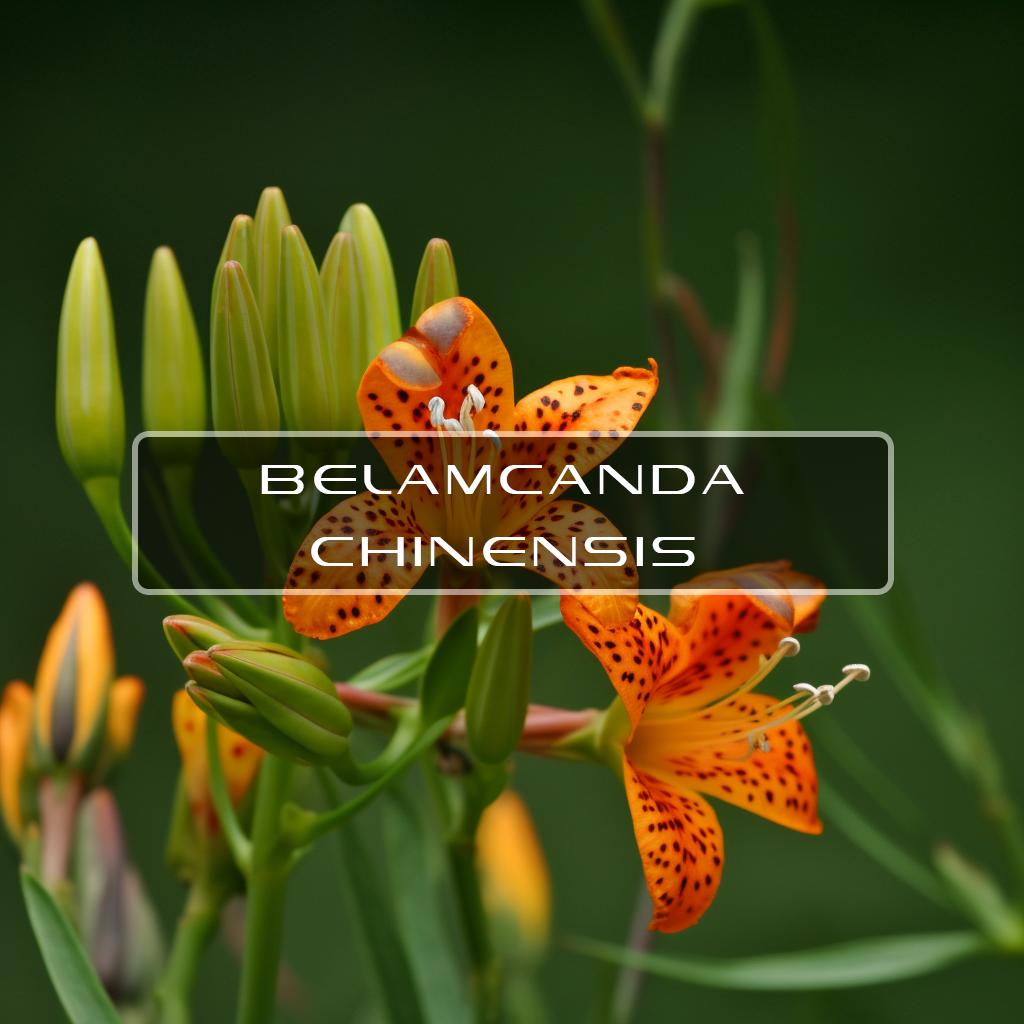
Belamcanda Chinensis
August 19, 2018Artemisinin Artemisia
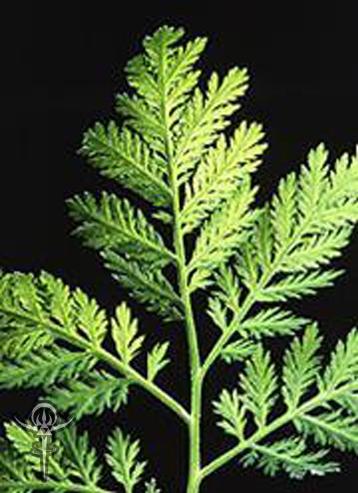
This plant has also been used to synthesize absinthe, which is a powerful spirit that is made using wormwood, anise and fennel. Wormwood is a very strong antimalarial because it contains a key ingredient known as artemsinin.
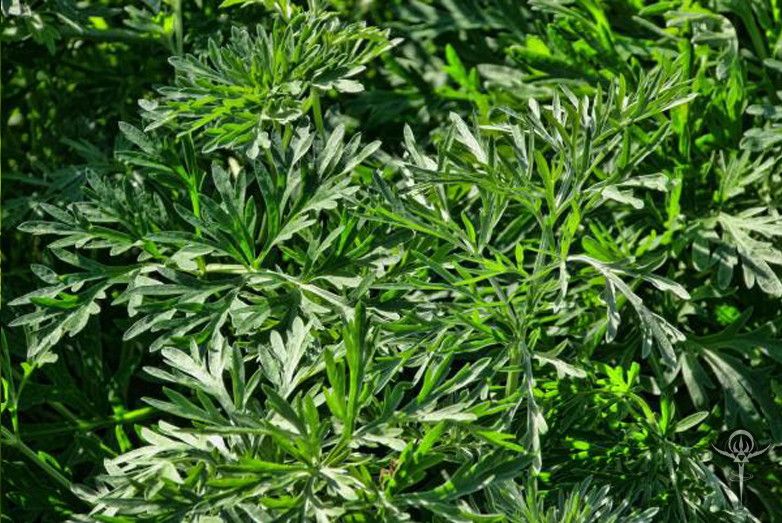
Benefits of Artemisinin Artemisia
Different species of Artemisia (Asteraceae) have shown to exhibit antitumor activity. The aim of this study was to identify the antiproliferative effect of some Artemisia species from Iran on cultured human cancer cells.
This study shows the antiproliferative effects of Artemisia extracts on malignant cell lines. Artemisia could be also considered as a promising chemotherapeutic agent in cancer treatment.
In the present experiment, we studied the potential of artemisinin to prevent breast cancer development in rats treated with a single oral dose (50 mg/kg) of 7,12-dimethylbenz[a]anthracene (DMBA), known to induce multiple breast tumors. Starting from the day immediately after DMBA treatment, one group of rats was provided with a powdered rat-chow containing 0.02% artemisinin, whereas a control group was provided with plain powdered food. For 40 weeks, both groups of rats were monitored for breast tumors.
Since artemisinin is a relatively safe compound that causes no known side effects even at high oral doses, the present data indicate that artemisinin may be a potent cancer-chemoprevention agent.
Anti-Tumor - In this study, anti-tumoral effects of seven Artemisia spp. fractions from Iran were studied on cancer and normal cells. Material and Methods: Ethanol, ethylacetate, dichloromethane and hexane fractions of seven Artemisia species from Iran were prepared by step to step procedure. Cultivated cancer and fibroblast cells were incubated with different concentrations of fractions for 72 hours and cytotoxicity was determined using MTT assay.
Some isolated fractions caused a significant decrease in cancer cell growth and had less toxicity on normal cells. So, study on Artemisia in prevention or efficient treatment of different cancers is useful. Study the effect of effective fractions on apoptosis induction and determination of their mechanisms of actions is suggested.
These findings demonstrate the remarkable potential of these plants as valuable source of antioxidants with exhibit original and interesting anti-inflammatory and anticancer capacities.
Antimalarial Activity - Artemisinin is of special biological interest because of its outstanding antimalarial activity. Recently, it was reported that artemisinin has antitumor activity. Its derivatives, artesunate, arteether, and artemeter, also have antitumor activity against melanoma, breast, ovarian, prostate, CNS, and renal cancer cell lines.
The deoxoartemisinin trimer was found to have greater antitumor effect on tumor cells than other commonly used chemotherapeutic drugs, such as 5‐FU, cisplatin, and paclitaxel. Furthermore, the ability of artemisinin and its derivatives to induce apoptosis highlights their potential as chemotherapeutic agents, for many anticancer drugs achieve their antitumor effects by inducing apoptosis in tumor cells.
Induce Apoptosis - Dried leaves of Artemisia princeps var orientalis are used in the Eastern practice of moxibustion to improve general health. The ability of A. princeps smoke and water extracts to induce apoptosis was evaluated in human breast cancer MCF-7 cells in vitro.
The data suggest that A. princeps smoke and water soluble extracts induce apoptosis via the mitochondrial pathway and may represent a novel adjuvant for the treatment of breast cancer.
Anti-oxidative - Extracts of Artemisia asiatica Nakai (Asteraceae) possess anti-inflammatory and antioxidative activities. Eupatilin (5,7-dihydroxy-3′,4′, 6-trimethoxyflavone), one of the pharmacologically active ingredients derived from A. asiatica was shown to induce apoptosis in human promyelocytic leukemia (HL-60) cells. In the present study, we examined the ability of eupatilin to induce apoptosis in human gastric cancer (AGS) cells.
The pro-apoptotic effects of eupatilin were further verified by its perturbation of the mitochondrial transmembrane potential (ΔΨm). In addition, eupatilin treatment led to an elevated expression of p53 and p21. Eupatilin inhibited the activation of ERK1/2 and Akt, which are important components of cell-survival pathways.
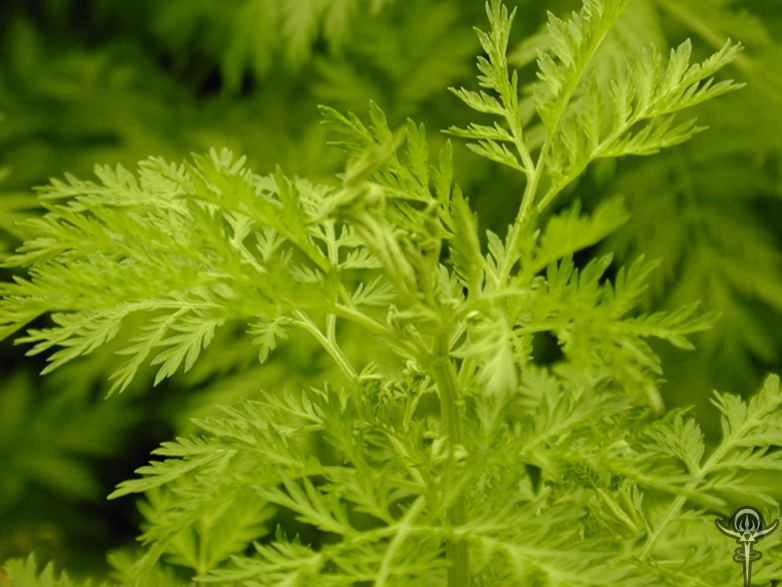
Related Products



